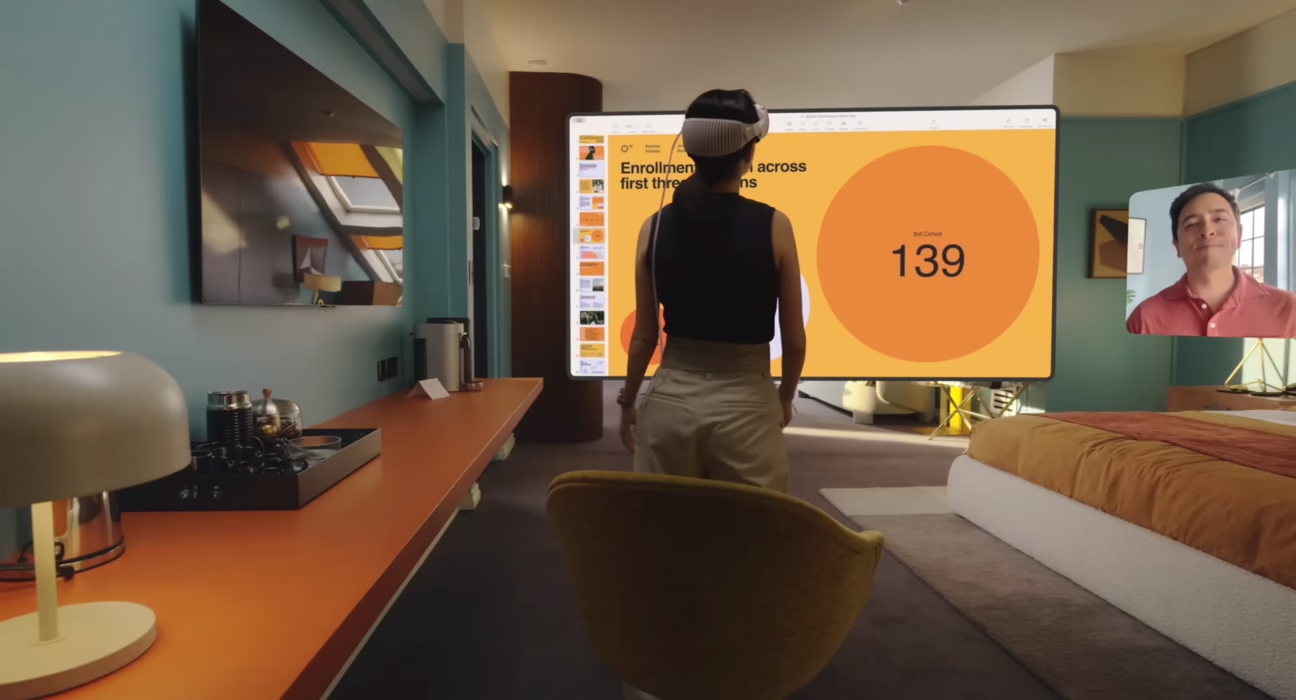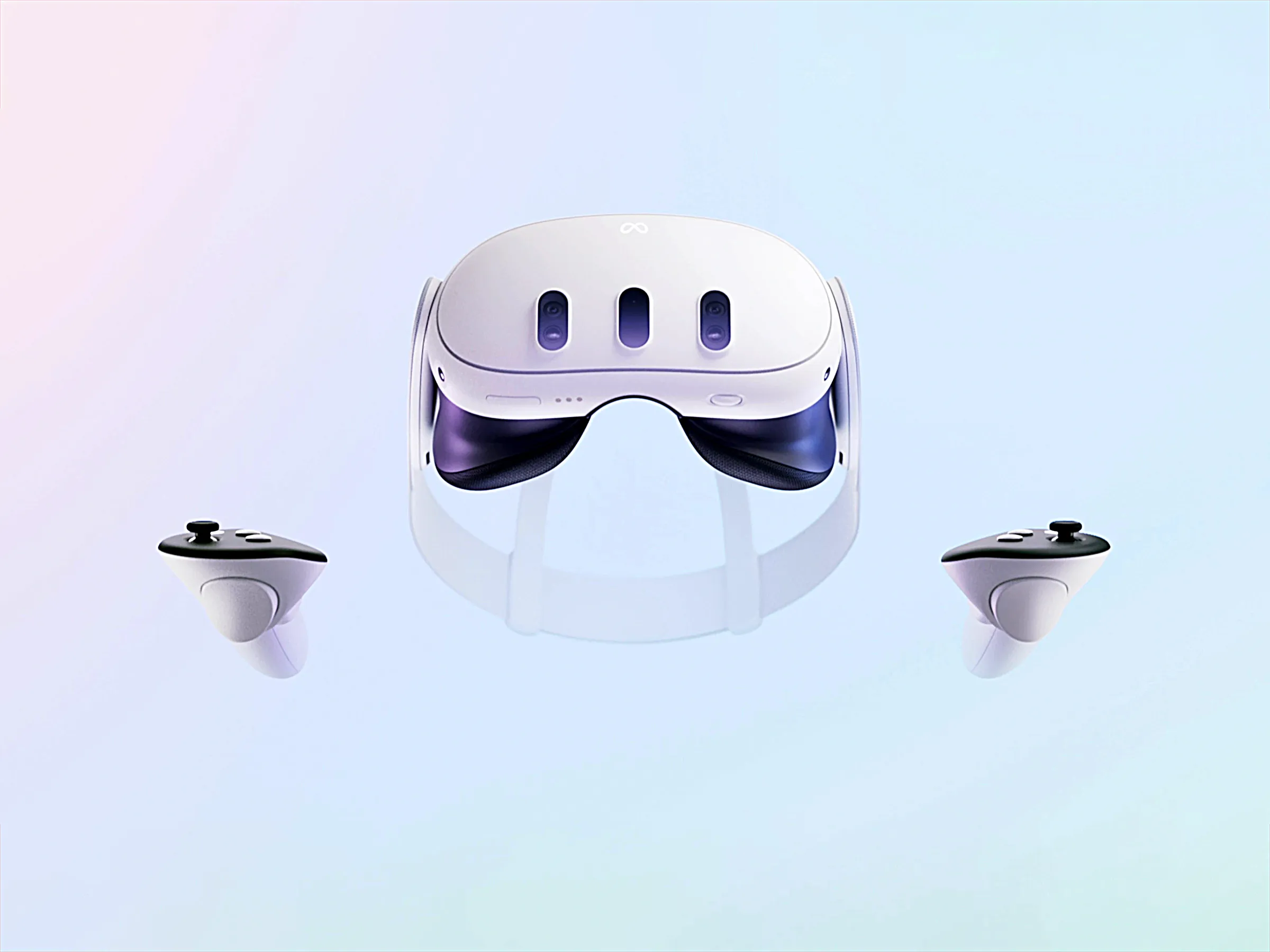Apple Vision Pro AI Integration: A New Era of Spatial Computing
Estimated reading time: 10 minutes
Key Takeaways
- The Apple Vision Pro AI integration represents a significant leap in advanced technology.
- The Apple Vision Pro is a revolutionary spatial computer.
- Apple Intelligence is transforming the Apple Vision Pro experience.
- This integration redefines the mixed reality landscape.
Table of contents
- Apple Vision Pro AI Integration: A New Era of Spatial Computing
- Key Takeaways
- Understanding the Apple Vision Pro: More Than Just an XR Headset
- Introducing Apple Intelligence: The Brains Behind the Spatial Experience
- The Synergy: How Apple Intelligence Enhances the Apple Vision Pro Experience
- Redefining Spatial Computing: AI as the Catalyst
- Setting the Standard: Impact on the XR and Mixed Reality Market
- The Horizon of Spatial Computing: Future Potential
- Final Thought
Apple’s groundbreaking approach to integrating artificial intelligence into its flagship spatial computing device, the Apple Vision Pro, marks a significant advancement in the technological landscape. This integration is not merely an upgrade; it’s a fundamental shift, bringing powerful AI-driven features to the forefront and redefining the mixed reality experience for users. The Apple Vision Pro’s integration with Apple Intelligence is a testament to Apple’s vision for the future of computing, where digital and physical realities converge seamlessly.
As described, “Apple Vision Pro’s integration with Apple Intelligence marks a major advance in spatial computing, bringing powerful AI-driven features to the flagship XR headset and redefining the mixed reality landscape.” This synergy promises to unlock new levels of interaction and productivity, setting the stage for a deep dive into its capabilities and transformative impact.
Understanding the Apple Vision Pro: More Than Just an XR Headset
To truly appreciate the impact of AI integration, it’s essential to understand what the Apple Vision Pro is. Apple’s premier XR headset is positioned not just as a device for immersive experiences, but as a groundbreaking spatial computer. Its core concept is to place digital content directly within a user’s physical space, creating a fluid blend of virtual and real-world environments. This allows for a vastly enhanced experience across various applications, from boosting productivity in work settings to revolutionizing entertainment and communication.
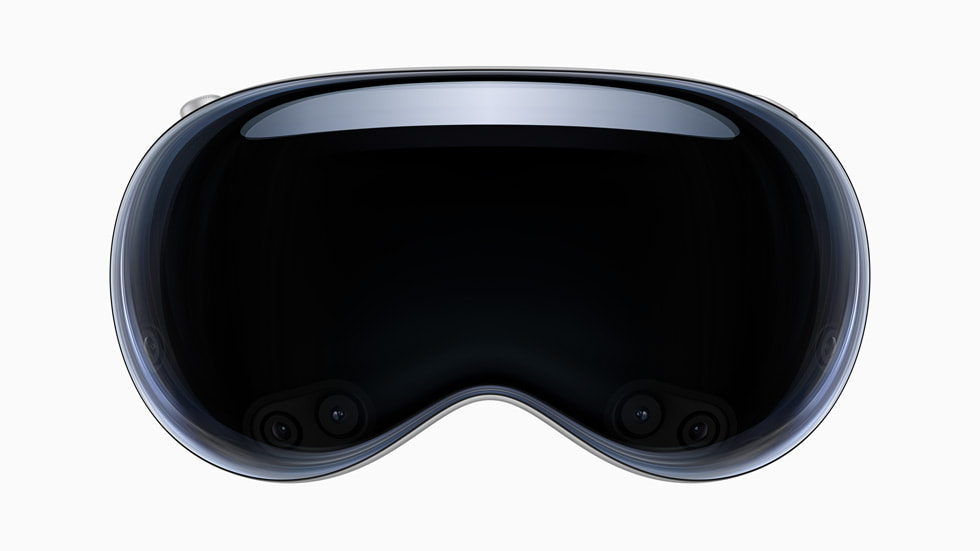
The device runs on visionOS, an operating system meticulously designed for intuitive interaction. Users can control and interact with applications, media, and 3D content using natural gestures, precise eye movements, and voice commands. As noted, “Apple Vision Pro is Apple’s premier XR headset, positioned as a “spatial computer”—a device that places digital content in your physical space, blending virtual and real-world environments for work, entertainment, and communication.”
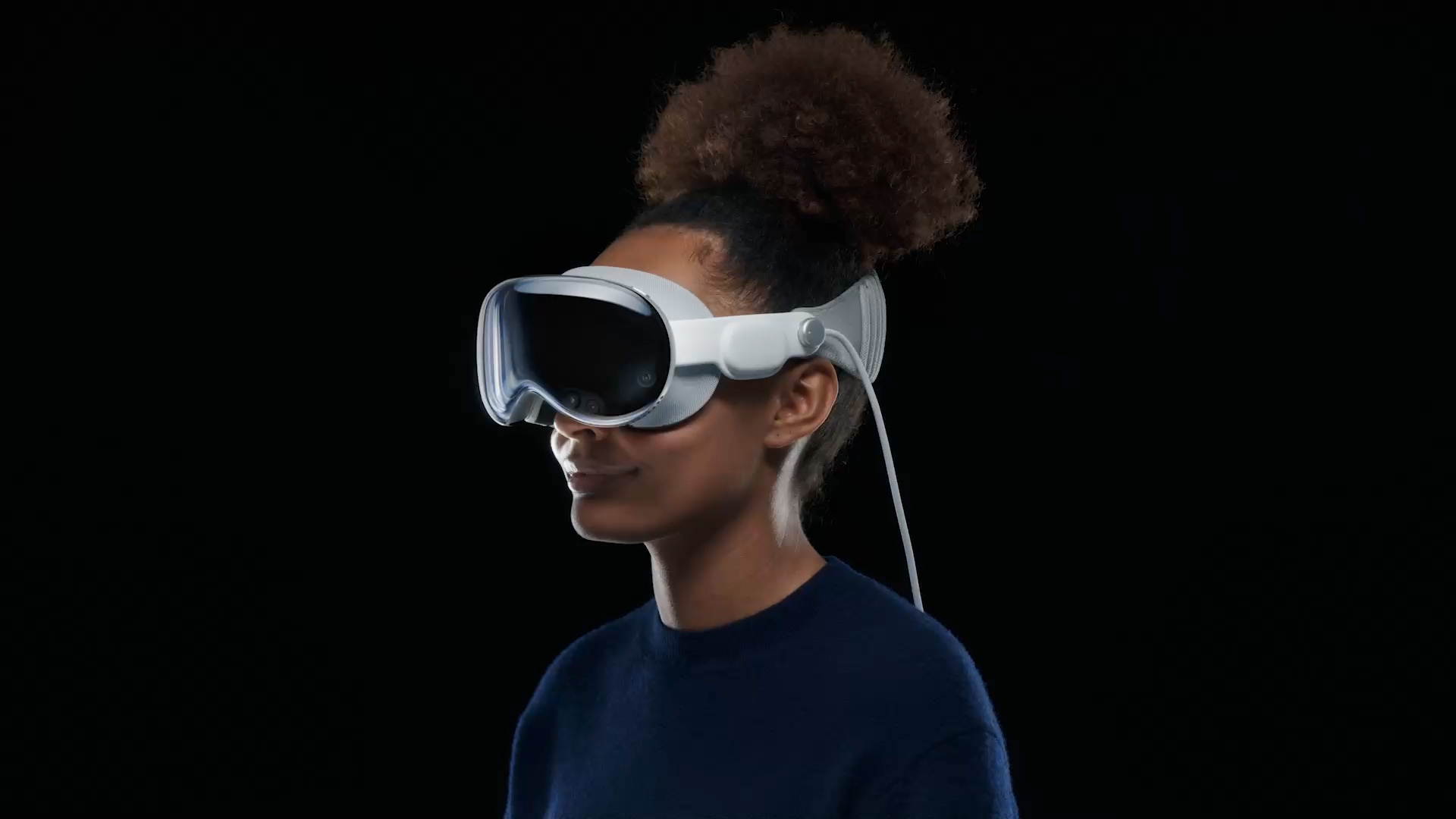
Furthermore, the underlying technology is crucial: “It runs on visionOS, designed specifically to support interaction with apps, media, and 3D content using natural gestures, eye movement, and voice.” This foundation of intuitive control and spatial awareness is precisely what makes the integration of AI so powerful, allowing for more dynamic and contextually relevant assistance.
Introducing Apple Intelligence: The Brains Behind the Spatial Experience
At the heart of this enhanced experience lies Apple Intelligence, Apple’s sophisticated new suite of AI capabilities. The core philosophy behind Apple Intelligence is to provide personalized, contextually aware assistance to users, with an unwavering commitment to user privacy. This approach ensures that AI enhances user experiences without compromising personal data. The suite’s core functions are designed to be deeply integrated across Apple’s entire ecosystem, offering a unified and intelligent user experience.
Key features of Apple Intelligence include:
- Writing Tools: These advanced tools assist users with proofreading, rewriting, and summarizing text across various applications, making communication more efficient and polished.
- Image Playground: This innovative feature allows users to generate custom visual content, bringing creative ideas to life within the spatial environment.
- Genmoji: Enabling users to create personalized emojis that reflect their unique expressions and context, adding a new dimension to digital communication.

A crucial aspect of Apple Intelligence is its processing power. As stated, “Unlike traditional cloud-based AI, Apple Intelligence runs many processes on-device, emphasizing both performance and privacy.” This on-device processing not only ensures quicker responses but also significantly bolsters user privacy by keeping sensitive data local.
The capabilities of Apple Intelligence are broad: “Its core functions include Writing Tools (proofreading, rewriting, summarizing text), Image Playground (generative visual content), and Genmoji (custom emojis), all deeply integrated into Apple’s ecosystem.” This deep integration means that AI assistance is available wherever and whenever users need it, seamlessly woven into their daily digital interactions.
For more insights into Apple Intelligence, readers can explore resources such as a preview of Apple Intelligence in iOS 18, understand what Apple Intelligence will do, learn if it’s only for iPhone 15, and consider how recent decisions affect iPhone users.
The Synergy: How Apple Intelligence Enhances the Apple Vision Pro Experience
The direct impact of Apple Intelligence on the Apple Vision Pro, particularly through the Apple Vision Pro AI integration, is profound. The visionOS 2.4 update has unlocked a suite of AI-powered features that significantly elevate the spatial computing experience. These features are designed to make interactions more natural, intuitive, and powerful.
Here are some concrete examples of these AI-enhanced capabilities:
- Writing Tools: Users can now effortlessly rewrite, proofread, and summarize text directly within apps like Mail and Notes. Furthermore, the integration with platforms like ChatGPT allows for advanced content generation, all within the immersive environment of the Apple Vision Pro.
- Image Playground: This feature empowers users to create unique AI-generated images and visual content. Whether for messages, presentations, or collaborative applications, Image Playground brings dynamic visual creation to the spatial interface.
- Genmoji: Users can instantly generate custom emojis that are perfectly suited to their conversations. This enhances expressive communication, allowing for more nuanced and personalized interactions within spatial environments.
- Enhanced Siri: AI improvements have made Siri more intelligent, capable of understanding more natural, context-sensitive voice commands. Siri now provides more relevant suggestions, making navigation and task completion within the spatial operating system smoother than ever.
- Intelligent Content Discovery: The Apple Vision Pro now offers personalized recommendations and spatial curation within apps like Spatial Gallery. This showcases art, media, and immersive experiences tailored to individual user preferences.

Collectively, these features foster a more natural human-computer interaction. AI supports every aspect of the user experience, from quick text editing and dynamic content generation to context-aware assistance seamlessly integrated into the mixed reality interface. As the research highlights, “With the visionOS 2.4 update, Apple Intelligence is now available on the Vision Pro, introducing key AI-powered features: Writing Tools… Image Playground… Genmoji… Enhanced Siri… Intelligent Content Discovery…”
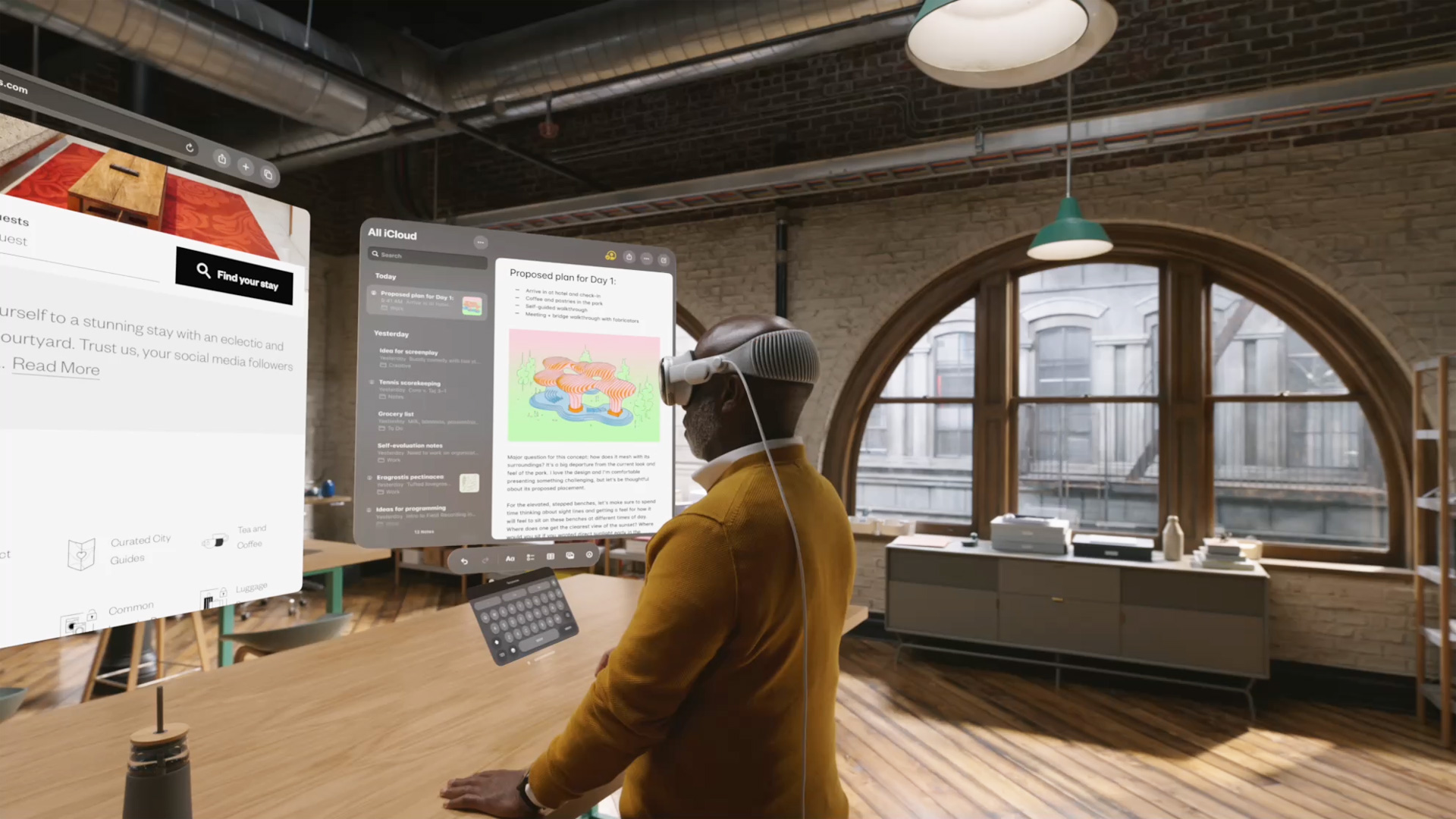
This synergy is transforming how users interact with technology in spatial environments: “These features collectively enable the Vision Pro to deliver a more natural, human-computer interaction, with AI supporting everything from quick text editing to dynamic content generation and context-aware assistance within the mixed reality interface.”
For additional context on these advancements, explore information on iOS 18.4 Beta 2 features, what’s new in iOS 18.4 Beta 2, iOS 18.4 Beta 4 updates, and potential future features like iPhone 17 Pro new features and iPhone 17 camera upgrades and AI future.
Redefining Spatial Computing: AI as the Catalyst
The Apple Vision Pro AI integration is not just enhancing existing features; it’s fundamentally redefining the concept of a spatial computer. Artificial intelligence acts as the catalyst, enabling more intuitive and natural interactions within the spatial computing environment. This makes the Apple Vision Pro feel more responsive and akin to a natural extension of the user’s own cognitive processes.

The synergy between the Vision Pro’s hardware capabilities and Apple Intelligence creates a truly immersive mixed reality experience. AI intelligently adapts content and interactions to the user’s specific context and intent, making the virtual elements feel more integrated and meaningful within the real world.
Consider the professional use cases that are now emerging. Professionals can leverage AI-powered document editing and visualization tools within virtual meetings, design reviews, and collaborative 3D modeling sessions. This enhances collaboration and productivity in ways previously unimaginable. As highlighted, “For example, professionals can use AI-powered document editing and visualization tools in virtual meetings, design reviews, and collaborative 3D modeling.”
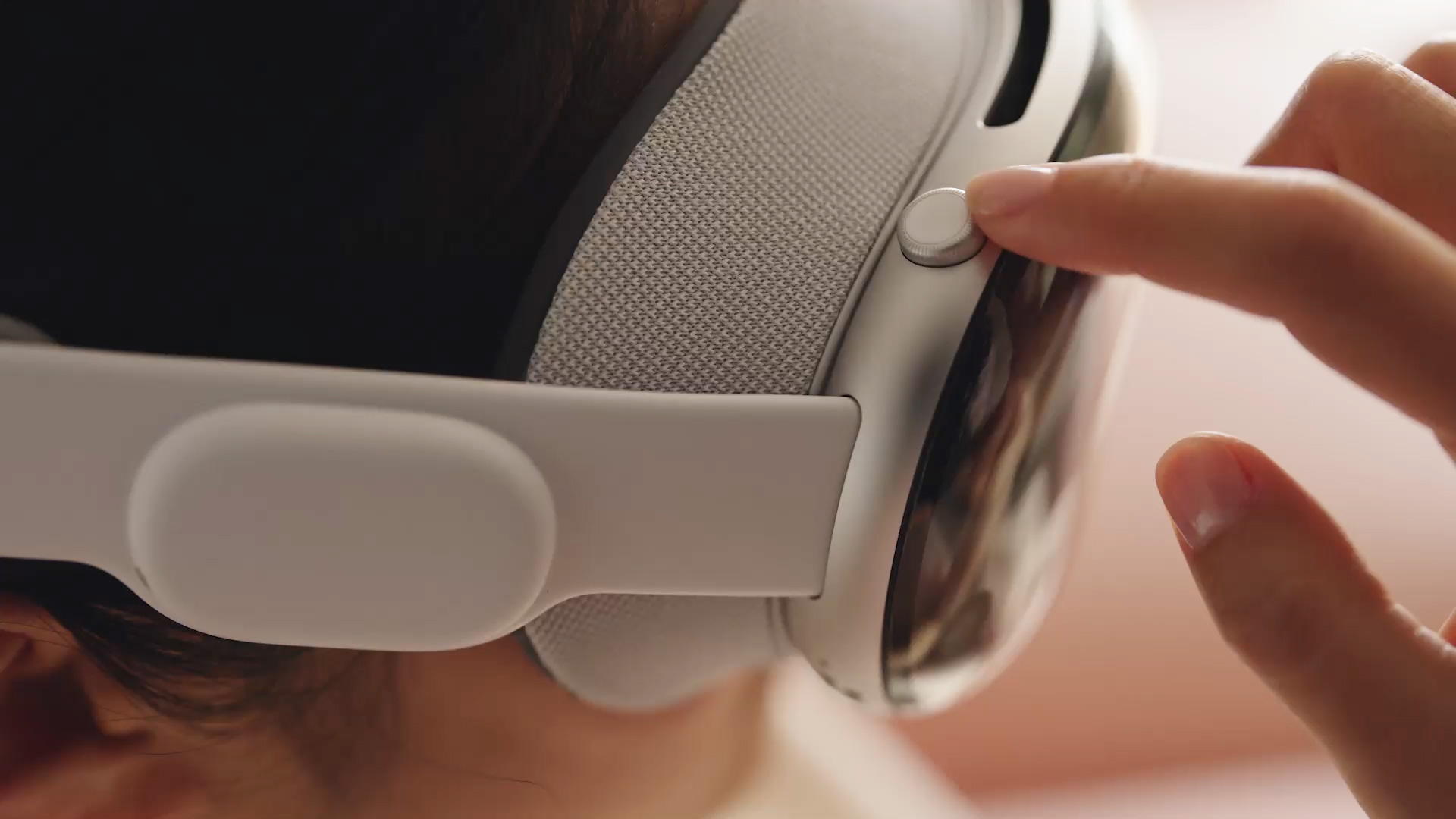
The overall impact of these advancements is significant: “Apple’s latest updates enable Vision Pro to leverage generative AI for more intuitive, personalized, and immersive spatial experiences.” This focus on personalization and immersion is a key differentiator, setting the Apple Vision Pro apart in the rapidly evolving XR market.
For further reading on related technologies, explore the Meta Quest 3, the best VR headsets for gaming, how VR is changing gaming, and mind-blowing VR gaming innovations.
Setting the Standard: Impact on the XR and Mixed Reality Market
The implications of the Apple Vision Pro AI integration extend far beyond the device itself, significantly influencing the broader XR headset market. Apple’s approach sets a new benchmark for what consumers and professionals can expect from mixed reality devices.
This advancement establishes a high standard in several key areas:
- Privacy-First, On-Device AI: By prioritizing on-device processing for many AI tasks, Apple demonstrates a commitment to user privacy in immersive devices, a crucial factor for widespread adoption.
- Seamless, Intuitive Spatial Computing: The integration enables more natural interactions, powered by personalized and predictive AI assistance that anticipates user needs, making spatial computing feel more accessible.
- Expanded Use Cases: The enhanced capabilities are broadening the applications of XR across various sectors. In enterprise, this includes remote collaboration, advanced training simulations, and sophisticated design reviews. In creative fields, it opens doors for spatial art, immersive storytelling, and new forms of digital expression. For general consumers, it promises richer entertainment and communication experiences.
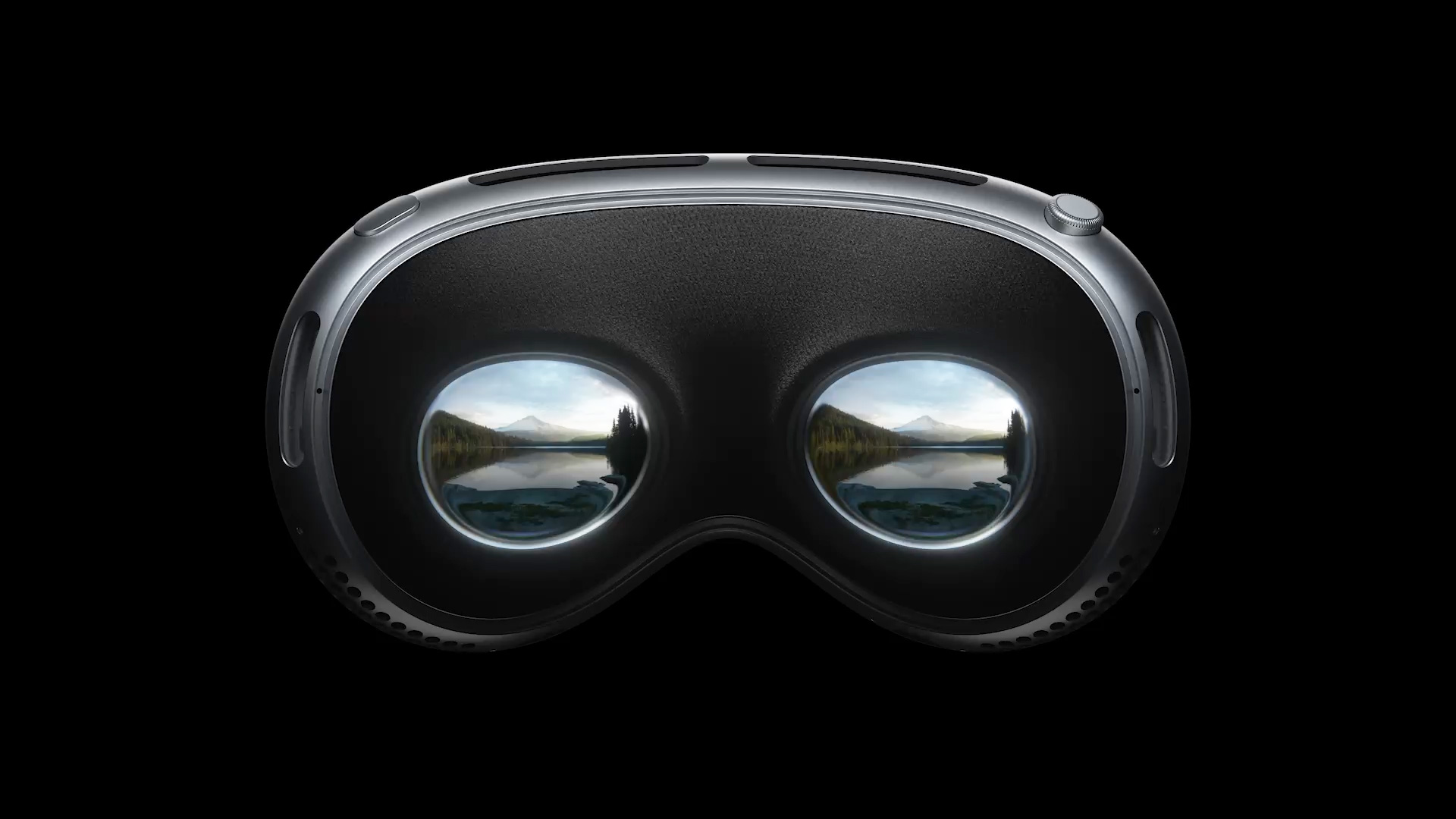

This strategic direction from Apple is likely to influence competitors and drive innovation across the entire XR and AI landscape. Interested readers can also look at Google Pixel 9 release for competitive insights.
The Horizon of Spatial Computing: Future Potential
Looking ahead, the future evolution of Apple Vision Pro AI integration holds immense promise. As AI capabilities continue to deepen within the Apple Vision Pro, new applications and use cases will undoubtedly emerge, pushing the boundaries of what spatial computing can achieve.
Potential future developments include:
- Expanded Language Support: Broader language capabilities will make the Apple Vision Pro accessible to a global audience, fostering more diverse spatial experiences.
- More Generative Tools: Advancements in generative AI will likely lead to even more sophisticated tools for content creation, allowing users to build and interact with complex digital environments more easily.
- Developer-Focused APIs: The availability of robust APIs will empower developers to create richer, more innovative spatial experiences that fully leverage the power of Apple Intelligence.

As the research suggests, “Looking ahead, Apple’s roadmap hints at even deeper AI integration through expanded language support, more generative tools, and APIs enabling developers to build spatial experiences that leverage Apple Intelligence.” This roadmap points towards a future where the Apple Vision Pro, powered by AI, becomes an even more integral part of our digital lives.
The synergy between the Vision Pro’s advanced spatial capabilities and AI-powered assistance is poised to accelerate innovation in mixed reality. “This synergy between Apple Vision Pro’s capabilities and AI-powered Apple Intelligence is poised to accelerate innovation in mixed reality and reshape how users interact with spatial computing.” The Apple Vision Pro, functioning as an AI-powered spatial computer, is setting the stage for a future where personal computing is more immersive, intuitive, and intelligent than ever before.
For related discussions on Apple technology and AI, consider Apple serial number lookup, Apple beta programs, iPhone 17 Pro Max battery life, and iPhone 17 Pro Max battery leaks.
Final Thought
The Apple Vision Pro AI integration represents a pivotal moment in the evolution of personal computing. By enhancing the device’s functionality and user experience through intelligent features, Apple is setting a new standard for what’s possible in spatial computing and the broader mixed reality landscape. The capabilities unlocked by Apple Intelligence transform the Apple Vision Pro from a sophisticated XR headset into a truly intelligent spatial computer.
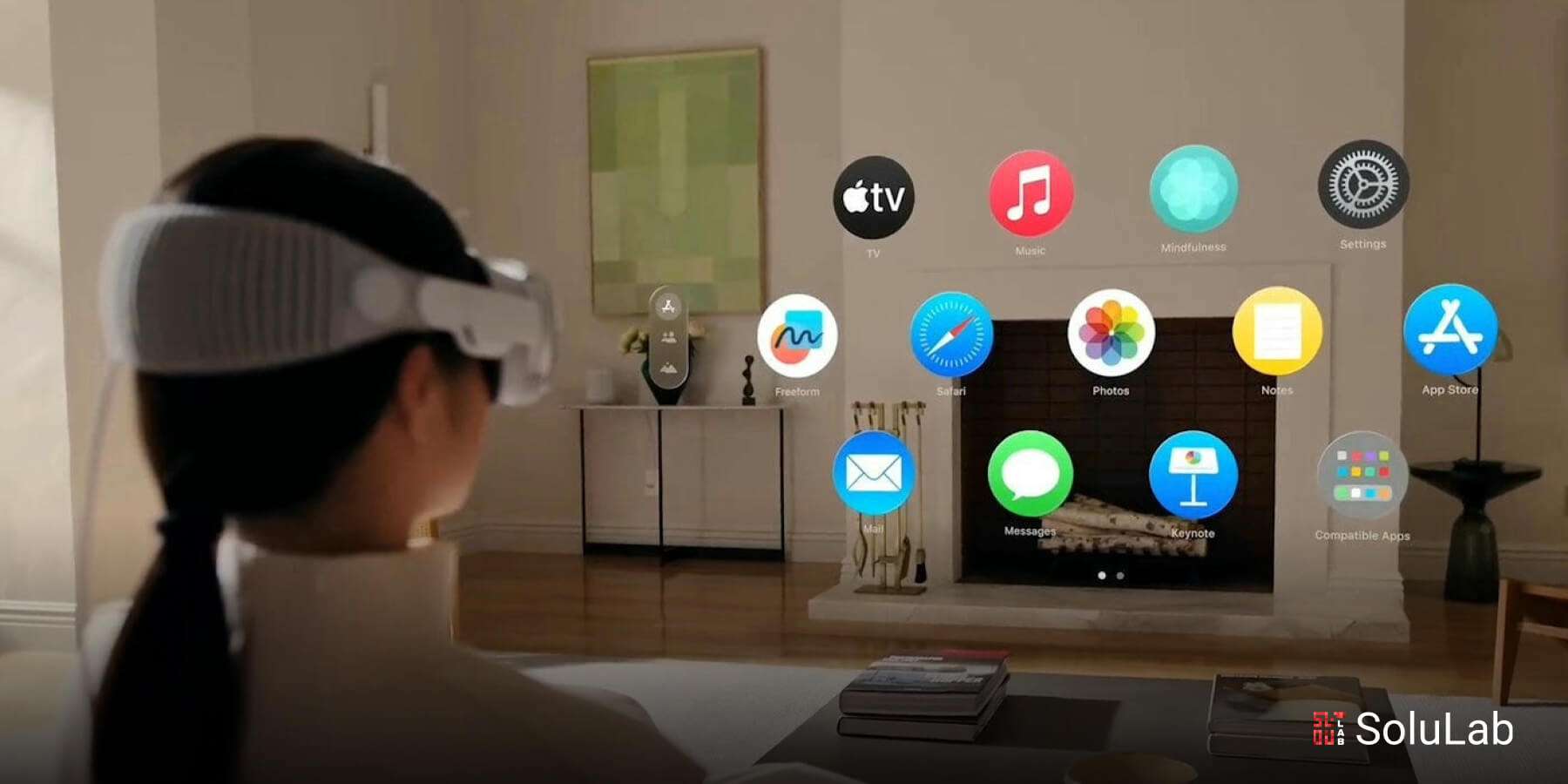
This synergy is not just about convenience; it’s about creating more natural, intuitive, and powerful ways for humans to interact with technology and the digital world. The ongoing advancements in AI integration promise to accelerate innovation, pushing the boundaries of what we can imagine and achieve with spatial computing. As we look to the future, devices like the Apple Vision Pro, powered by AI, are paving the way for the next generation of personal computing, inviting us all to envision a future where our digital and physical realities are more seamlessly intertwined than ever before.

Explore further insights into the impact of AI with these resources: how AI is changing the world, top AI trends, Google AI mode features, human-like AI conversations, and AI workflow automation.
“`


